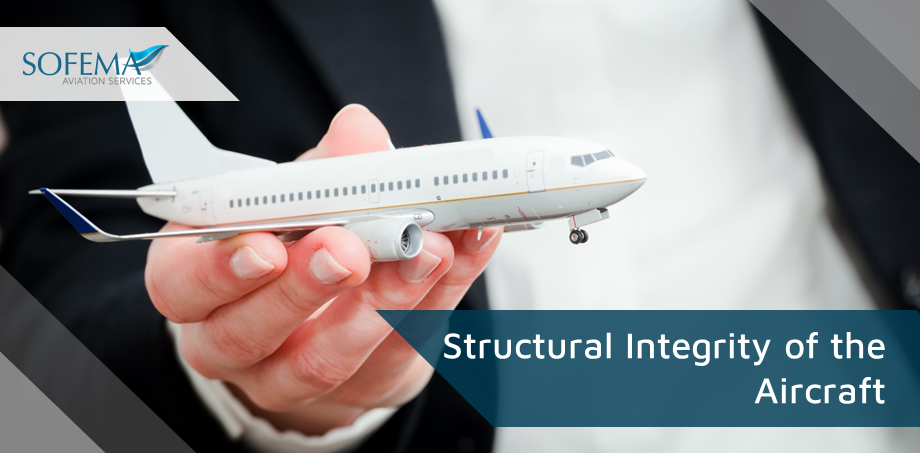Following multiple accidents & incidents related to failures in Structural Integrity, it is accepted throughout the industry that there is a need to have continuing updated knowledge concerning the structural integrity of aeroplanes.
As aircraft age, they become more susceptible to deterioration, including the potential for fatigue cracking and corrosion. As such the management of structural integrity is of the highest importance.
Regulatory Authorities including the FAA & EASA together with manufacturers, and operators continually strive to maintain the structural integrity of older aeroplanes.
Traditionally the structural integrity program was managed following receipt of field data driving changes to inspection programs, as well as structural modification actions. The position has now changed with the need to mandate by developing regulatory requirements:
- Increased utilization, longer operational lives, and the high safety demands imposed on aeroplanes indicate the need for a program to ensure a high level of structural integrity.
- The inspection and evaluation programs outlined in this AC are intended to ensure a continuing structural integrity assessment by each aeroplane manufacturer and the incorporation of the results of each assessment into the maintenance program of each operator.
The Effect of Corrosion (Metallic Structure)
There is also a need for a better understanding of the detailed effects of corrosion on structural integrity. Chronological age is especially relevant to corrosion incidence, as is the ground environment where an aircraft is usually parked and the typical flight environment.
Consider the following comments related to Metallic Corrosion:
- Metallic Corrosion occurs when chemical action causes deterioration of the surface of a metal.
- Most corrosion is galvanic or electrolytic in origin, which means that it has occurred because two dissimilar metals have been together in an electrolyte (usually contaminated water).
o This effect can also occur at the microscopic grain boundaries within a metal alloy.
Note that such corrosion may go undetected and result in the loss of integrity of metallic structures.
As a result of the potential effects of corrosion, the preferred solution becomes prevention in the long term, which means better design and selection of materials (Including composites.
Steps Required for Existing Aircraft
- Improved inspections, including the use of non-destructive testing (NDT),
- The management of any corrosion found through effective repair techniques,
- Mapping technologies,
- Recording in detail.
Note: In all cases, better use should be made of corrosion prevention technologies including the substitution of alternative materials or the use of coatings or inhibitor treatments.
It should also be mentioned that in reference to ageing aircraft safety concerns, that corrosion was probably the first to be routinely recognised and so dramatic events attributable solely to undetected corrosion are relatively infrequent thanks to extensive, and generally effective, inspection regimes.
The best currently available defence is better detection through inspections during base maintenance including the use of NDT. In some cases, this means the proper application of existing maintenance procedures.
Caution Note: Concerns related to “early repairs” where the specification and oversight of the procedures (ICAW) have been such as to make detection of dangerous levels of structural fatigue unlikely, especially when a direct or indirect consequence of a repair.
Next Steps
Follow this link to our Library to find & Download related documents for Free.
Please see the following course that is currently available as classroom or webinar training:
For additional information, visit our websites www.sassofia.com or www.sofemaonline.com. Email us at team@sassofia.com if you want to learn more about our services.
Tags:
Aicraft Corrosion, Aircraft, Aircraft Inspections, Aircraft Maintenance, Aircraft Repair, Aircraft Structural Integrity, aviation, Base Maintenance, Continuing Structural Integrity Program, Corrosion Protection, EASA, EASA Corrosion Protection, FAA, Instructions for Continued Airworthiness (ICAW), SAS blogs, Sofema Aviation Services




